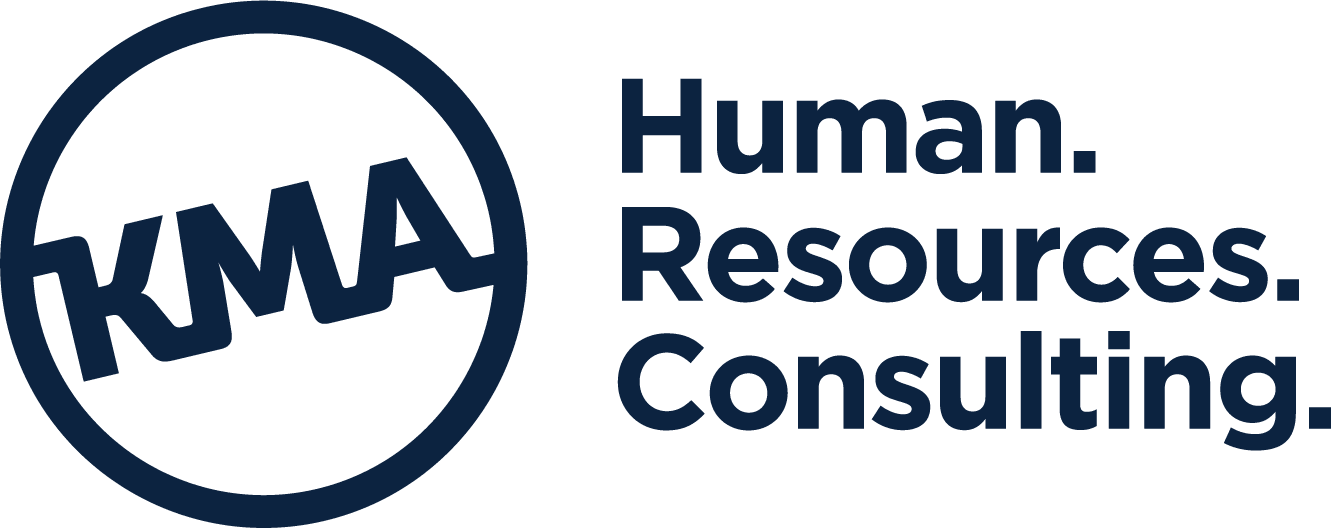From the Pros at the HR Support Center
Lots of HR leaders today are talking about the importance of using marketing techniques to build an effective employer brand. The topic was a focus in several sessions at the latest annual Society for Human Resource Management (SHRM) conference.
 What is an employer brand? To answer that question, it may be helpful to go over what a brand is in general. A brand is a name, image, or some other feature that distinguishes your products and services from those offered by others.
What is an employer brand? To answer that question, it may be helpful to go over what a brand is in general. A brand is a name, image, or some other feature that distinguishes your products and services from those offered by others.
Branding may sound simple, but as any marketing team can tell you, a lot of thought and work goes into it, and the difference between success and failure couldn’t be starker. If you call to mind successful companies, some names will pop in your head, not simply because they’re profitable, but because you know their brands. If they didn’t have an effective brand, you wouldn’t have even thought of them.
A company’s employer brand is its public image or reputation as an employer. It’s the feel of the company that comes through in job postings, social media, reviews, news stories, awards, and word of mouth. It’s the value (or lack thereof) that prospective employees expect to find in the employment relationship.
Every employer has a brand, whether they’ve deliberately worked to define one or not. Your company does too. And that brand is either helping or hurting your recruitment and retention efforts. That’s the big reason why HR leaders are talking about it. You have no say in whether you have an employer brand, but you do have a say in what that brand is. Here’s how you can take charge of it.
Identify the Brand You Currently Have
When building your employer brand, you won’t be working from scratch, but rather altering what already exists. Your first step, then, will be to get an accurate picture of your existing brand. Examine all the places your organization appears. Look at your job ads, your corporate social media accounts, and your website. Search your organization’s name online to find news stories and reviews by customers and employees, past and present.
What impression is your workplace giving? How would an outsider view it based on what they can find online? What’s distinctive about working for your organization? What images do you see? What words and phrases appear most often? These are the first questions you should ask.
Next, ask yourself what sort of employees appear to work at your organization. If, for example, your social media accounts feature photo after photo of employees playing games and partying on the job, but show little or nothing of their actual work, you might be giving the impression that working for you is mostly fun, relaxing, and carefree—and that your current employees are the sort that value playing hard over working hard. If online employee reviews mention a former manager who was terminated for harassment, but the reviews make no mention of any other leader in the company, you may still have a reputation for tolerating harassment even though the offending manager is long gone.
Identifying your existing brand may be more challenging than you expect. Not only do you have a lot to look at, you also have your own working impression of your company that may color what you see. It may be prudent, therefore, to enlist the aid of a disinterested third party, someone who can describe your existing brand as it is and not as you wish it to be.
Once you’ve got a complete picture of your existing employer brand, it’s time to move on to the next step.
Evaluate Your Current Brand
There are two questions you should ask in this step. First, is the brand you’ve identified an accurate representation of reality? And, second, is it the type of brand that you want?
A brand may be inaccurate for a number of reasons. A former employee in a vindictive mood might have taken to a review site to tell the world how much they hated their boss, when their boss was (in reality) patient, caring, and supportive. Or your social media might describe your culture as no-holds-barred competitive when the truth is your culture is distinctively collaborative and uplifting.
Accuracy is crucial. You don’t want a flood of applicants who don’t have the traits and behaviors necessary for success in your company. If your brand doesn’t match reality, you’ll need to correct that in the next step.
Before we move on, though, there’s another question you should ask. Is your current brand headed in the direction you want ? Does it align with your specific employee-related needs? These are questions only you can answer, but the answers will determine whether the next step involves minor tweaks or a major overhaul.
Develop the Brand You Want
Think of your employer brand as your workplace culture as seen from the outside. The images and messaging you use should show prospective employees the real you. That way, you’ll attract the kinds of employees you want and deter the kinds you don’t.
Since it’s vital to success that your employer brand accurately mirror the reality of workplace, changing your brand may require changing your culture. Creating a really attractive employer brand that hides hard truths about your workplace will only hurt you in the long run. Employees will join your organization only to realize that they’ve been sold a false reality. Frustrated and resentful, they’ll soon leave physically or mentally, neither of which is good for your bottom line.
Just because an applicant has the skills you need doesn’t mean they’d be happy working for you. If you’re small business with a simple hierarchy and don’t expect to grow, you don’t want to spend your time vetting candidates who are hoping to get promoted in the near future. If you will be able to offer a lot of promotion opportunities and will need creative people to lead teams, you probably don’t want to hire an abundance of individuals who are simply content to do what they’re told.
In short, an effective employer brand can’t be developed in isolation. Whoever is working on the brand should collaborate with the company leadership team and, if possible, the marketing department so that the developed employer brand aligns with both the overall culture and the corporate brand vision. Ultimately, these should all be one in the same.
Tell a Story
If you’re at all familiar with the marketing world, you’re probably aware that a lot of marketing professionals see themselves as storytellers. Stories can be a powerful and effective way to change behavior, which is what marketing is all about. In your case, you want prospective employees to stop what they’re doing and come work for you. You have to convince them to make this change, and a well-told story can be very persuasive.
But here’s the thing: prospective job candidates don’t care about your story. Even if they’re aware that you exist, they’re not emotionally invested in your success or failure. So, the story you should tell is not about you. It’s about them. They’re the leading character, not you. Your workplace is the setting of their story. At best, you’re in a supporting role.
“Stories can be a powerful and effective way to change behavior, which is what marketing is all about.”
An effective employer story is a story about employees—what they’ve experienced. Achievements they’ve unlocked. Skills they’ve learned. Friendships they’ve formed. Obstacles they’ve overcome.
You’ll be able to tell some of these stories, but the most heartfelt and effective tales will be told directly by your employees. Don’t tell them what to say. Avoid talking points and scripts. Prospective candidates will know if your employees are just repeating the company line. Instead, create a remarkable work experience that employees are happy to share with the world.
If you’re doing this right, you won’t need to ask employees to share job ads with their networks or be “brand ambassadors.” They’ll promote their work experiences without any prompting from you simply because those experiences have been a good thing for them, and people enjoy sharing the good things in their lives.
For More Information
Want to receive more helpful articles like this? The KMA HR Support Center provides regular articles and updates as well as sample HR forms, employment law information and more. Contact KMA today for your free seven-day trial at info@kmahr.com.
